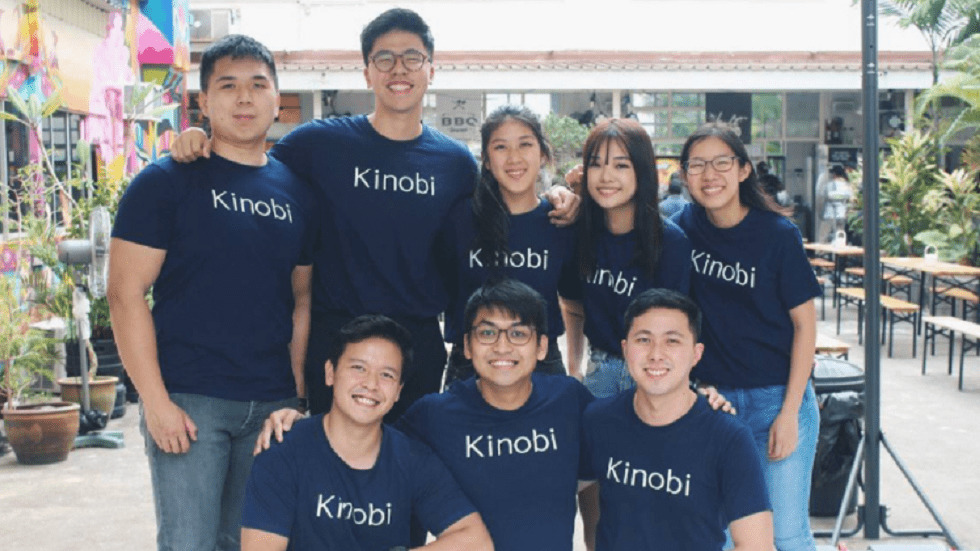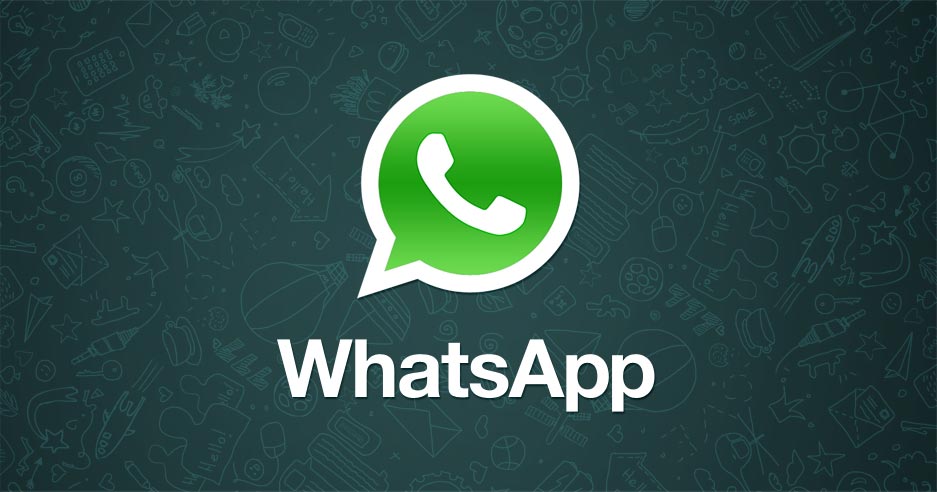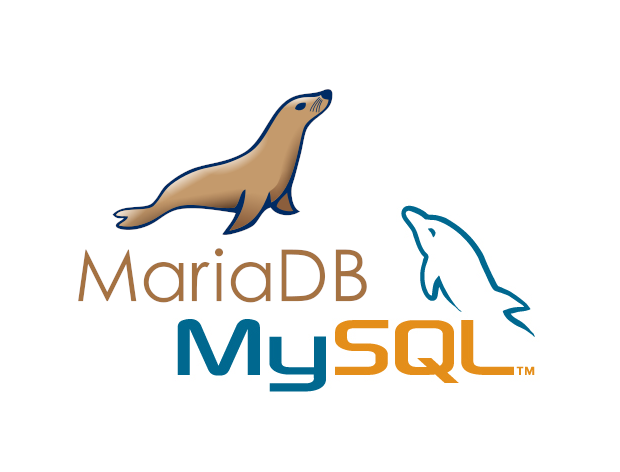Automated Attendant
Allows callers to be automatically transferred to a user’s extension without the intervention of a receptionist. Some businesses use the PBX telephone system to take the place of live representatives. They can be used to collect or distribute information, buy or sell products depending upon the imagination of the business.
If the receptionist is currently on the phone or does not answer, the automated attendant can answer and take over. It plays messages that your own employees record for a personal touch, while accepting programmed options via key press to reach different departments or members of the organization.
Blacklists
A list of persons or organizations that have incurred disapproval or suspicion and therefore penalized.
Blind Transfer
Ability to transfer a call to another extension without the need to wait for the other person to pick up.
Call Details Record
A log of all calls made including source number, destination, call duration, date, time, and other metrics . Record are stored in a database and are available for viewing via charts and graphs, or descriptive tables.
Call Follow Me
The PBX phone system can ring different numbers looking for a person with the call “follow me” feature. If your desk phone isn’t answered, a cell phone or any other telephone number can be called in the chosen order. While the caller is waiting for you to pick up, they can listens to a message, music, or a dial tone similar to a regular call.
A follow me call might ring several phones to find you, but it appears to be a regular call to the incoming caller.
Call Forwarding
Calls may be forwarded to other offices, cell phones, extensions, automated attendants, voice mail box, or other options depending upon the needs of a business.
Call Parking
Allows a call to be ‘parked’ on a virtual extension and then picked up by a third party by dialing in to that extension.
Call Queuing
Allows multiple calls to be placed in a queue and answered by the next available operator. Available customer service agents may log into queues to receive incoming calls. Members of a queue can have calls forwarded to them based upon who received a call last, or other formulas.
Call Recording
Recording of a phone conversation for later playback. Significant amounts of disk space may be used (approx. 16KB/sec of recording).
Call Routing
Directs the call to the correct extension based on a Direct In Dial (DID) number.
Call Transfer
Transfer a call to another extension.
Call Waiting
Allows switching between two simultaneous calls.
Caller ID
Displays the callers phone number on the phones screen. Caller ID is a phone number and name sent along with a call for identification. A VoiceIP PBX can display or a change both incoming and outgoing caller id to provide different services.
Where available, caller ID can also provide a name associated with the calling telephone number. The information made available to the called party will be displayed on a telephone’s readout. Remote phone must send caller’s ID.
Caller ID Blocking
Block a call based on the callers phone number.
Conference Bridging
Create a conference call between multiple parties at multiple locations using different phone types. Conference call a local extension, remote fixed line, mobile and VoIP connection all in one conference.
Customer Service Agents
Staff can log onto the PABX from any phone using a login ID allowing them to make and take calls with their CSR profile.
Database Integration
Ability to access a database during a call to provide such information as a customers outstanding balance. If a client calls and needs information regarding something that is tied to an identification number, they can type it into any phone to do a database lookup. The desired information can be played back or read by the voice of the telephone system.
Database Store & Retrieval
Store call information in a database for later retrieval. Third party database such as MySQL.
Do Not Disturb
Incoming calls are automatically routed to Voicemail.
E911 Location Support
Enhanced 911 service or E911, is a North American telephone network feature that automatically associates the physical address of a caller with the calling party’s telephone number. This is generally done using a form of reverse telephone directory that is supplied by the telephone company. This provides emergency response with the location of the emergency without the person calling for help having to provide it.
Graphs: Phone Usage
Graphs can display phone usage data in a way that allows visual assessment of statistics. Call frequency and load can be compared by minute, hour, daily, or monthly factors.
A PBX can keep track of metrics related to phone calls, and display the information in the form of charts, graphs, and tables. How long a call lasted, where it came from, what the caller id was, which queue it went to, how long the call stayed in the queue before being answered, and many other statistics can be shown.
Interactive Directory Listing
Allows inbound callers to look up a person’s extension by their name.
Interactive Voice Response (IVR)
Advanced system for call handling that allows callers to navigate a menu system by dialing a number offered from a range of options. It can answer phones after hours, or route callers to the appropriate department or employee of a company.
Music on Hold
No external device is required. Ships with a selection of tracks. While waiting in a call queue or on hold, a caller hears music playing. Tracks can be added or removed at the clients preference.
Music on Transfer
Music plays when transferring calls between extensions, similar to music on hold.
Talk Detection
Ability to detect when a person is talking. Useful for detection of answering machines.
Text-to-Speech
The ability to have the ‘text’ read to the caller using Festival, the Open Source ‘Text-to-Speech’ engine.
Time and Date
Have the time and date read to the caller . Day and time are also displayed on the digital readout of telephones.
Time Based Forwarding
Depending on the time zone of the office, one branch of a company might be open and available to field calls while the other is asleep. To take advantage of time based routing, an office can be set to only receive calls during open hours. The call is instantly routed behind the scenes to an available member.
Transcoding
Convert between the different methods of compressing voice.
Trunking
Connect a standard telephone line (analog or digital) to the PBX. Requires a trunk card such as Digium TDM400.
Voicemail
Ability to record a message from a caller when you are away from your desk. Includes ability to deliver the voicemail message via email as well as the standard flashing light on your phone.


